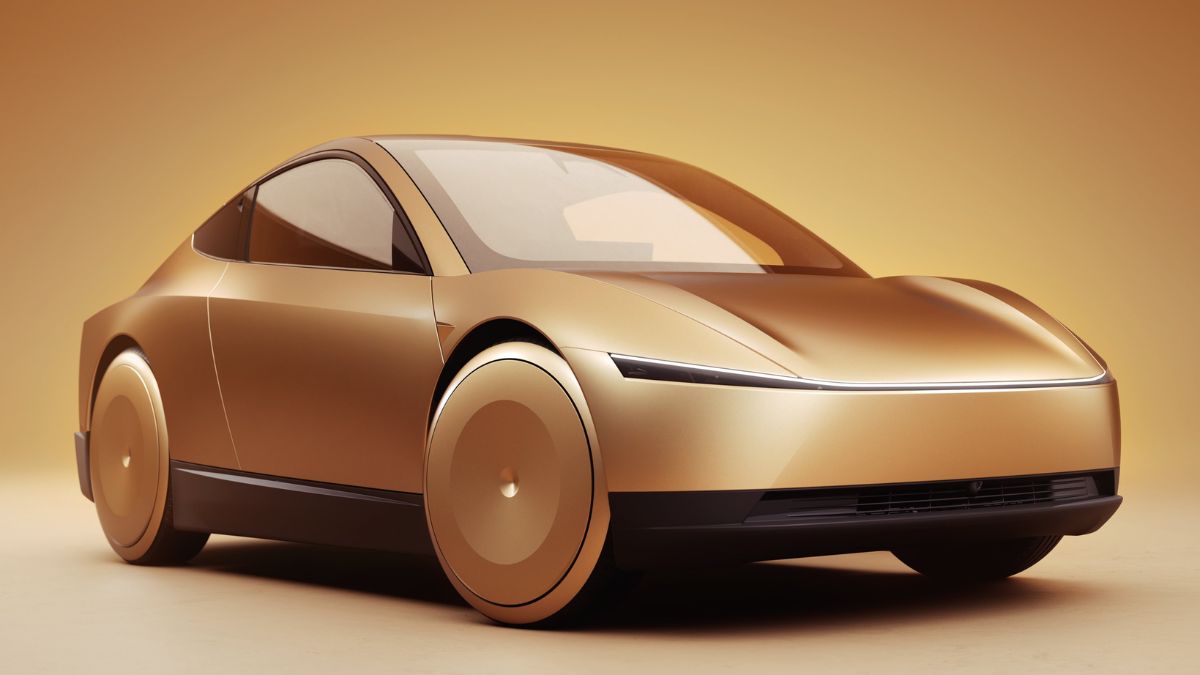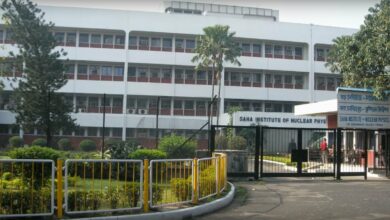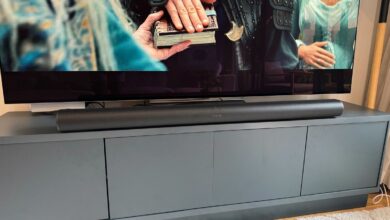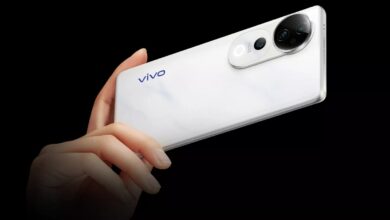Tesla unveils self-driving Cybercab robotaxi with autonomous capabilities

Tesla’s Cybercab electric vehicle (EV) was unveiled at the ‘We, Robot’ event on Thursday. The long-awaited robotaxi, introduced on the Warner Bros lot in Burbank, California, as a competitor to the likes of Alphabet’s Waymo, joins Tesla’s line of autonomous self-driving vehicles such as the Cybertruck, Model 3 and Model S. But unlike the aforementioned vehicles it does not feature a special steering wheel or paddles, hinting at the possible realization of billionaire Elon Musk’s vision of a driverless future.
In addition to the Cybercab, Musk unveiled a Robovan and presented Optimus – a general-purpose robotic humanoid. The billionaire also re-emphasized his pledge to bring autonomous driving to the Tesla Model 3 and Model Y in California and Texas by 2025.
Tesla Cybercab Features
With the introduction of the Cybercab, Musk’s Tesla aims to break into the robotaxi market, which currently has Waymo as the main player in the US and operates a fleet of unmanned vehicles. Tesla’s robotaxi won’t have pedals or even a steering wheel. Instead, it will rely on artificial intelligence (AI) and a series of sensors and cameras to steer and travel to its fixed destinations, using the company’s FSD system, based on Advanced Driver Assistance System (ADAS ) Level-2.
![]()
Interior of the Tesla Cybercab
Photo credit: Tesla
Cybercab appears to have a coupe-like two-door design. It has butterfly doors and a large touchscreen display on the center console – a design element that has now become synonymous with Tesla vehicles. The rest of the interior will be minimalist, with no visible buttons on the center console. Single LED strips run along the entire front and back of the Cybercab, while the sloping roof appears to be inspired by the Tesla Cybertruck. Unlike other Tesla vehicles, which need to be plugged in, the robotaxi will have inductive charging, which uses electromagnetic current induction to power devices.
While other details such as the possible powertrain or range were not revealed, Musk promised that Cybercab would be priced under $30,000 (approximately Rs. 25 Lakh) in the US and operating costs could be as low as $0. 20 (approximately Rs. 17). ) per mile. Tesla Cybercab is expected to go into production in 2026.
At the event, Tesla also unveiled a Robovan – a 20-seat vehicle that could serve as a shared, low-cost solution for travelers. However, the billionaire did not delve into the details of the vehicle’s prototype.
Updates for Tesla Model 3 and Model Y have also been introduced. Musk has promised that Tesla will bring autonomous driving to vehicles in California and Texas by the end of next year.




